By lyuesword | 03 August 2020 | 1 Comments
Types of Japanese Samurai Swords
Japanese sword making goes beyond the traditional Katana. Samurai possessed many different kinds of swords, which went through many changes in their design over the years. There are several remarkable swords Japan is known for, all of which have their own well-deserved reputations.
* Chokutō (直刀, "straight sword"): A straight single edged sword that was produced prior to the 10th century, and without differential hardening or folding.
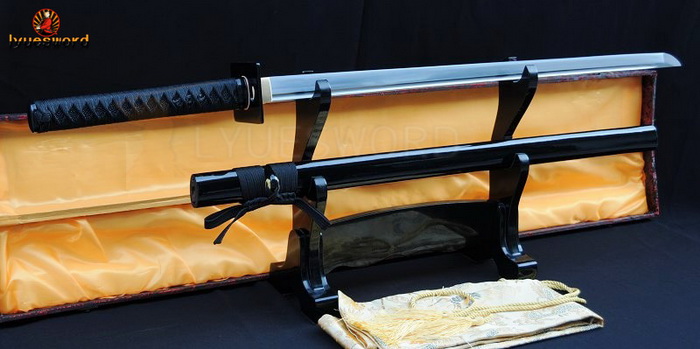
* Tachi (太刀, "long sword"): A sword that is generally longer and more curved than the later katana, with curvature often centered from the middle or towards the tang, and often including the tang. Tachi were worn suspended, with the edge downward. The tachi was in vogue before the 15th century.
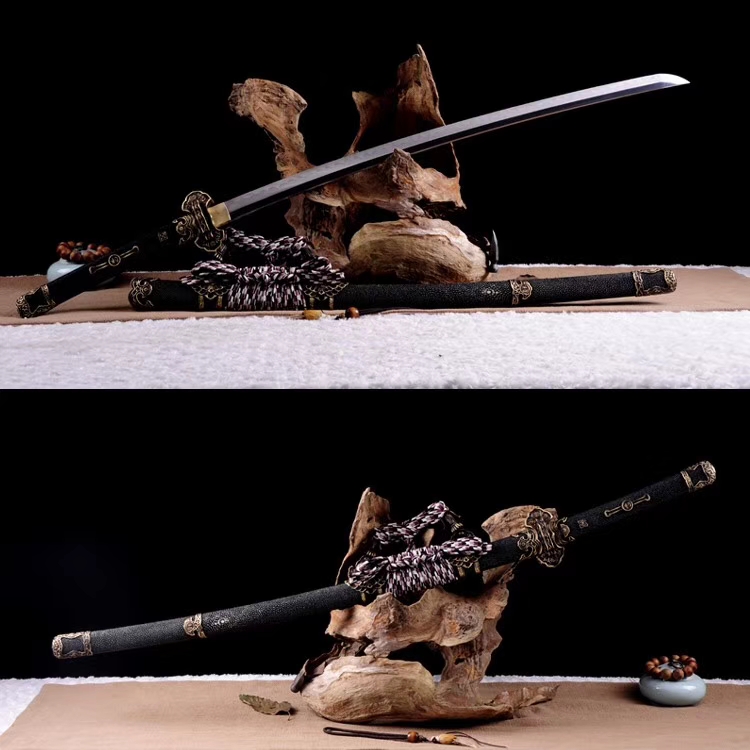
* Kodachi (小太刀, "small Tachi"): A shorter version of the tachi, but with similar mounts and intended use, mostly found in the 13th century or earlier.
* Ōdachi (大太刀, "big Tachi")/Nodachi (野太刀, "field Tachi"): Very large tachi, some in excess of 100 cm, and usually a blade of the late 14th century.
* Katana (刀, "sword"): A sword with a curved blade longer than 60 cm (there is no upper length limit but generally they are shorter than 80 cm), worn with the edge upwards in the sash. Developed from the tachi in the 15th century.
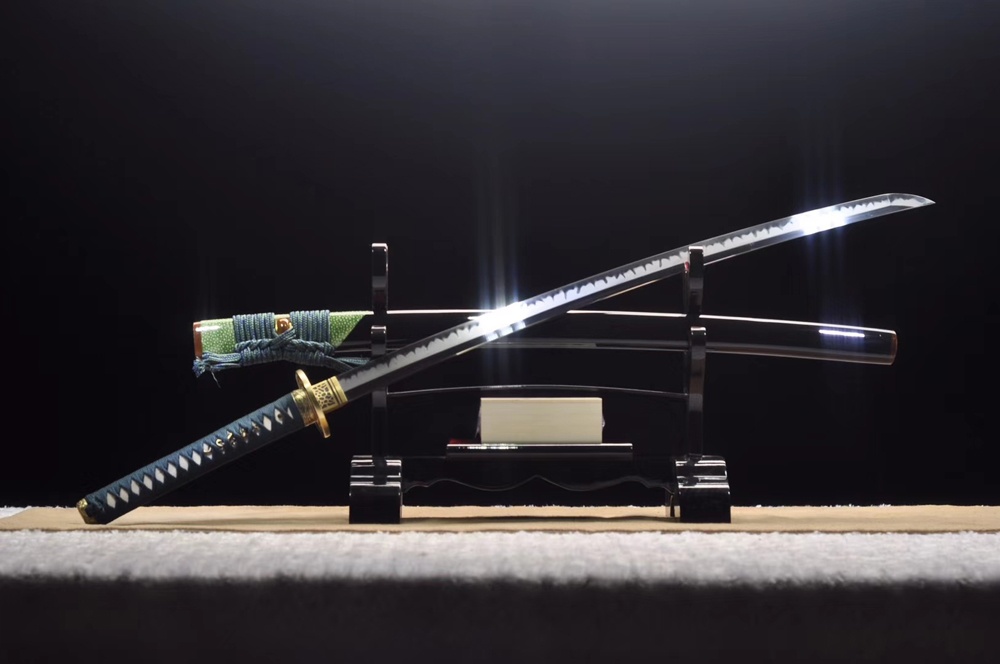
* Wakizashi (脇差, "side inserted [sword]"): A general term for a sword between one and two shaku long (30 cm and 60 cm in modern measurement), predominantly made after 1600. Generally it is the short blade that accompanies a katana in the traditional samurai daisho pairing of swords, but may be equipped by classes other than the samurai as a single blade, also worn edge up as the katana. The name derives from the way the sword would be stuck at one's side through the obi (sash/belt).
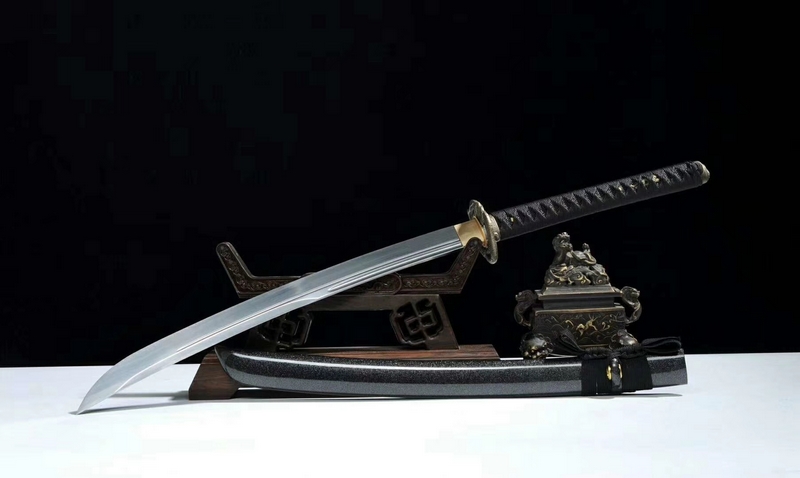
* Naginata (なぎなた, 薙刀): A polearm with a curved single-edged blade. Naginata mounts consist of a long wooden pole, different from a nagamaki mount, which is shorter and wrapped.
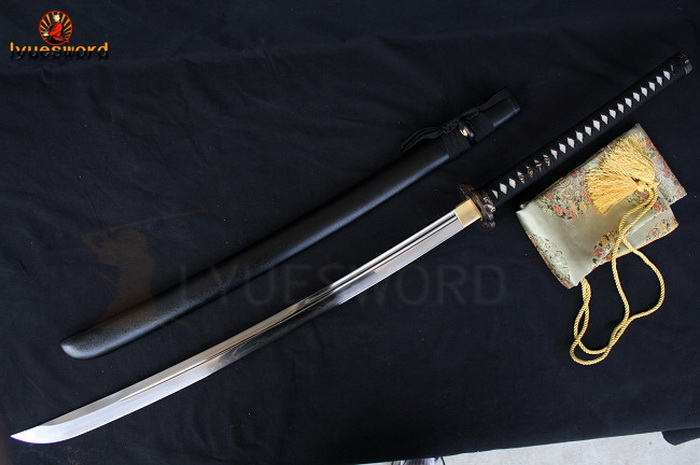
* Tantō (短刀, "short blade"): A knife or dagger with a blade shorter than 30 cm. Usually one-edged, but some were double-edged, though asymmetrical.
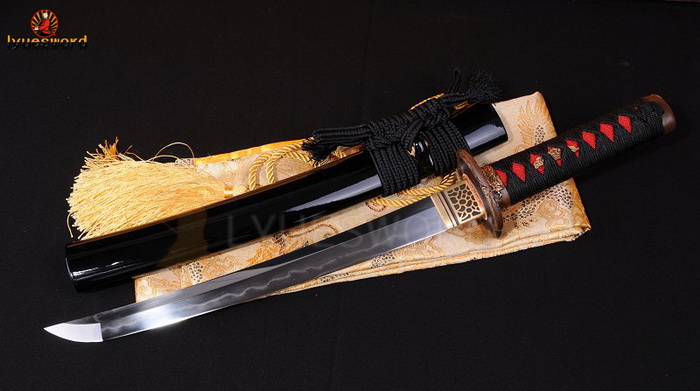
Want a unique sword? Feel free to contact us:
Email: lyuesword@hotmail.com
Website: www.lyuesword.com
Custom Sword Page: www.lyuesword.com/Custom-Sword/customization-options/Create-Your-Own-Swords
* Chokutō (直刀, "straight sword"): A straight single edged sword that was produced prior to the 10th century, and without differential hardening or folding.

* Tachi (太刀, "long sword"): A sword that is generally longer and more curved than the later katana, with curvature often centered from the middle or towards the tang, and often including the tang. Tachi were worn suspended, with the edge downward. The tachi was in vogue before the 15th century.

* Kodachi (小太刀, "small Tachi"): A shorter version of the tachi, but with similar mounts and intended use, mostly found in the 13th century or earlier.
* Ōdachi (大太刀, "big Tachi")/Nodachi (野太刀, "field Tachi"): Very large tachi, some in excess of 100 cm, and usually a blade of the late 14th century.
* Katana (刀, "sword"): A sword with a curved blade longer than 60 cm (there is no upper length limit but generally they are shorter than 80 cm), worn with the edge upwards in the sash. Developed from the tachi in the 15th century.

* Wakizashi (脇差, "side inserted [sword]"): A general term for a sword between one and two shaku long (30 cm and 60 cm in modern measurement), predominantly made after 1600. Generally it is the short blade that accompanies a katana in the traditional samurai daisho pairing of swords, but may be equipped by classes other than the samurai as a single blade, also worn edge up as the katana. The name derives from the way the sword would be stuck at one's side through the obi (sash/belt).

* Naginata (なぎなた, 薙刀): A polearm with a curved single-edged blade. Naginata mounts consist of a long wooden pole, different from a nagamaki mount, which is shorter and wrapped.

* Tantō (短刀, "short blade"): A knife or dagger with a blade shorter than 30 cm. Usually one-edged, but some were double-edged, though asymmetrical.

Want a unique sword? Feel free to contact us:
Email: lyuesword@hotmail.com
Website: www.lyuesword.com
Custom Sword Page: www.lyuesword.com/Custom-Sword/customization-options/Create-Your-Own-Swords
Recently Reviews
Read MoreLeave a Reply
Your email address will not be published.Required fields are marked. *